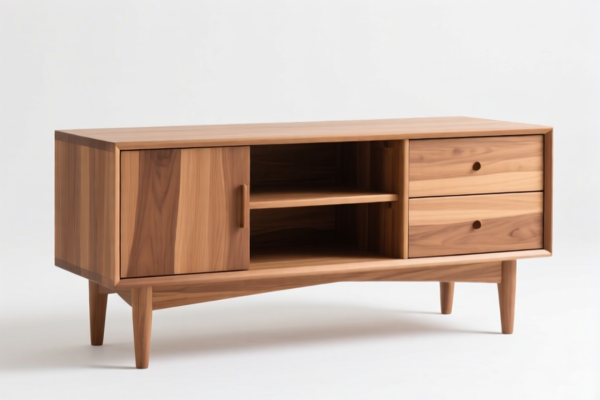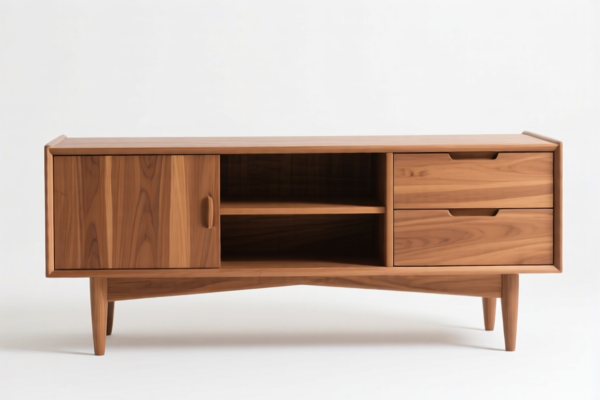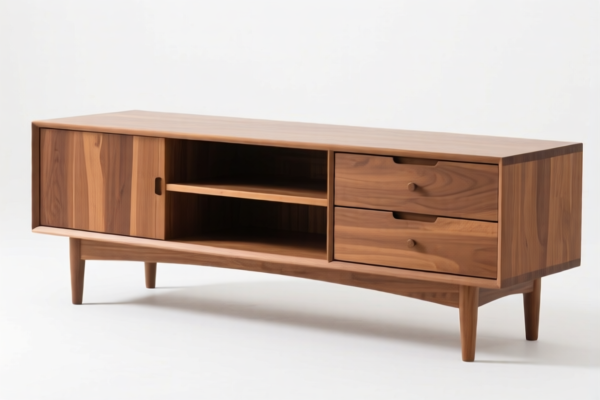| HS Code | Official Doc | Tariff Rate | Origin | Destination | Effective Date |
|---|---|---|---|---|---|
| 4421919880 | Doc | 58.3% | CN | US | 2025-05-12 |
| 4421999880 | Doc | 58.3% | CN | US | 2025-05-12 |
| 4420110010 | Doc | 33.2% | CN | US | 2025-05-12 |
| 4420110090 | Doc | 33.2% | CN | US | 2025-05-12 |
| 9503000090 | Doc | 30.0% | CN | US | 2025-05-12 |
| 9503000071 | Doc | 30.0% | CN | US | 2025-05-12 |
| 9504904000 | Doc | 30.0% | CN | US | 2025-05-12 |
| 9504906000 | Doc | 30.0% | CN | US | 2025-05-12 |
| 9208900080 | Doc | 42.8% | CN | US | 2025-05-12 |
| 9208900040 | Doc | 42.8% | CN | US | 2025-05-12 |
| 4417008090 | Doc | 60.1% | CN | US | 2025-05-12 |
| 4417008010 | Doc | 60.1% | CN | US | 2025-05-12 |




Wooden Calendar
A wooden calendar is a time-telling device constructed primarily from wood, often designed with a visually appealing, analog aesthetic. These calendars range from simple, functional pieces to intricately crafted decorative items.
Material
The primary material is wood, with a variety of species utilized. Common choices include:
- Beech: Known for its smooth texture and light color, often used for the rotating components.
- Birch: Offers a pale color and fine grain, frequently seen in the base and frame.
- Oak: Provides durability and a richer, darker tone, suitable for more robust designs.
- Walnut: A premium option, offering a dark, elegant finish.
- Pine: A more affordable option, often used for simpler designs.
Beyond the core wood, metal components (typically brass or stainless steel) are used for axles, gears, and pointers. Some designs incorporate acrylic or other materials for display elements.
Purpose
The primary purpose is to display the current date – day, month, and sometimes year. Beyond functionality, wooden calendars often serve as decorative pieces, adding a vintage or rustic touch to a space.
Function
Most wooden calendars operate manually. Users rotate dials or flip cards to advance the date. More complex models may utilize a geared mechanism allowing for incremental daily adjustments. The date is typically displayed through:
- Rotating Dials: Dials are turned to select the day, month, and year.
- Flipping Cards: Cards with the dates are manually flipped over.
- Sliding Blocks: Blocks with dates are moved into position.
Usage Scenarios
- Desktop Accessory: Smaller calendars are commonly used on desks or tables.
- Home Decoration: Larger calendars serve as statement pieces in living rooms, kitchens, or offices.
- Gift Item: Often given as gifts, particularly for birthdays, housewarmings, or holidays.
- Educational Tool: Can be used to teach children about dates and time.
Common Types
- Perpetual Calendar: Displays dates indefinitely, requiring manual adjustment only for leap years. These often feature geared mechanisms.
- Flip Calendar: Uses cards that are flipped to display the date. Simpler construction, often with a more vintage aesthetic.
- Rotating Dial Calendar: Employs dials for each date component (day, month, year). Can range from basic to highly detailed designs.
- Block Calendar: Uses sliding blocks to display the date. Often features a minimalist design.
- Desktop Calendar: Compact designs intended for use on a desk or table.
- Wall Calendar: Larger designs meant to be hung on a wall.
Wooden calendars fall under various classifications depending on their specific characteristics. Here are relevant HS codes based on the provided reference material:
- 4421.91.9880: This HS code covers “Other articles of wood: Other: Of bamboo: Other: Other Other”. If the wooden calendar is made of bamboo, this code applies. The total tax rate is 58.3%, comprising a 3.3% base tariff, a 25.0% additional tariff, and a 30.0% additional tariff effective after April 2, 2025.
- 4421.99.9880: This HS code covers “Other articles of wood: Other: Other: Other: Other Other”. If the wooden calendar is made of wood but not bamboo, this code applies. The total tax rate is 58.3%, comprising a 3.3% base tariff, a 25.0% additional tariff, and a 30.0% additional tariff effective after April 2, 2025.
- 4420.11.00.10: This HS code covers “Tableware and kitchenware, of wood: Of bamboo: Other: Other Of mango wood (Mangifera spp.)”. If the wooden calendar is made of bamboo or mango wood and is considered tableware or kitchenware, this code applies. The total tax rate is 33.2%, comprising a 3.2% base tariff and a 30.0% additional tariff effective after April 2, 2025.
- 4420.11.00.90: This HS code covers “Tableware and kitchenware, of wood: Of bamboo: Other: Other Other”. If the wooden calendar is made of bamboo and is considered tableware or kitchenware, this code applies. The total tax rate is 33.2%, comprising a 3.2% base tariff and a 30.0% additional tariff effective after April 2, 2025.
Chapter Breakdown:
- 44: Wood and articles of wood; wood charcoal. This chapter covers all products made of wood, including furniture, tools, and smaller articles.
- 4420: Tableware and kitchenware, of wood. This heading specifically covers items used for serving or preparing food.
- 4421: Other articles of wood. This heading covers wood articles not specifically classified elsewhere, such as toys or decorative items.
Important Note: The classification between 4420 and 4421 depends on the intended use of the wooden calendar. If it is designed for use in the kitchen or for serving food, 4420 is appropriate. Otherwise, 4421 is more likely to be correct.
Customer Reviews
This page made it easy to understand the export process for plastic doors. The HS code section was especially well-explained.
The information on tariff rates was spot on. I would have liked a quick summary of the most common HS codes for plastic products.
I really appreciated the specific HS code details and how they apply to different types of plastic doors. Definitely saved me time.
The page was very helpful in understanding the trade details for exporting plastic doors. A bit technical, but accurate.
Finally found a resource that explains the 5% tariff rate for plastic doors in simple terms. Perfect for someone new to international trade.